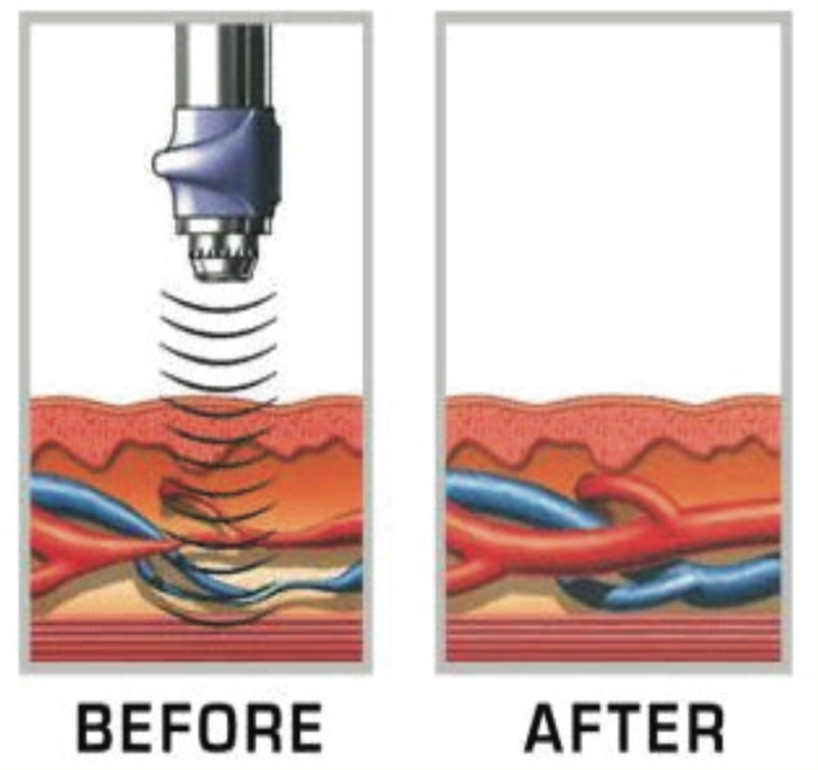Shockwave treatment is among the many treatment choices for impotence (ED). Though it isn't FDA approved, the science behind this pill-free treatment has been supported by a number of that have shown up encouraging results. Shockwave treatment appears to work best for guys with vasculogenic ED, which is a blood vessel condition that impacts blood circulation to tissue in the penis. The treatment's effectiveness with other causes of ED stays to be seen. The scientific term for shockwave treatment is low-intensity shockwave treatment (Li, SWT). It's a noninvasive treatment that's been utilized in orthopedics for years to help heal damaged bones, injured ligaments, and injured tendons.
Using targeted high-energy sound waves, Li, SWT can accelerate tissue repair and cell growth. Erections depend on healthy blood flow to the penile tissue. Shockwave therapy is viewed positively as a way of repairing and enhancing blood vessels in the penis and improving blood flow. Increasing blood circulation to the penis is the very same goal of more traditional ED treatments, such as oral medications, consisting of sildenafil (Viagra) and tadalafil (Cialis). Shockwave therapy is administered with a wand-like gadget put near various locations of the penis. A health care provider moves the device along parts of your penis for about 15 minutes while it discharges mild pulses.
The pulses activate improved blood flow and tissue improvement in the penis. Both of these modifications can result in erections adequate for sex. There's currently no recognized recommendation for treatment period or frequency. However, a of medical trials discovered that the most common treatment plan was two times weekly for 3 weeks, followed by 3 weeks without treatments, and another 3-weeks of twice-weekly treatments. The analysis found that the impacts of shockwave therapy lasted about a year. The same 2019 review and meta-analysis discovered that erectile function significantly improved with shockwave therapy. Results were best amongst men with vasculogenic ED. A 2010 pilot study found that among 20 guys with vasculogenic ED, all experienced improved erectile function after 6 months of shockwave treatment.
Despite this motivating research study, the Food and Drug Administration (FDA) hasn't approved shockwave therapy as a treatment for ED. Some medical professionals may still use shockwave treatment for ED, however utilize beyond a research study setting is considered off-label. FDA approvals for new treatments are always accompanied by standards for medical professionals to follow and adverse effects to be shown patients. As with any unapproved treatment, if you select to do shockwave therapy for ED, there may be dangers that aren't appropriately described, or you might be investing money on a treatment that doesn't live up to its guarantees. Additionally, treatments that haven't been approved by the FDA generally aren't covered by insurance coverage.

The SMSNA advises that shockwave treatment only be done under stringent research protocols. Shockwave therapy is painless for the majority of males. And as formerly stated, readily available research study has found few, if any, side results. Nevertheless, that doesn't indicate that the treatment is safe. It's still a reasonably brand-new treatment, and more Additional Hop over to this website reading research study requires to be done to figure out side effects, problems, and long-lasting efficiency. Periodic episodes of ED are normal. Stress, absence of sleep, alcohol use, or short-lived hormonal changes, amongst other factors, can make it tough to maintain an erection. However, if ED ends up being more frequent and is impacting your sex life, see your doctor.